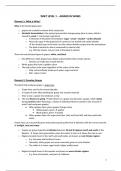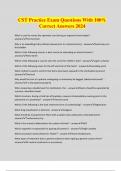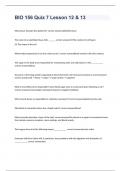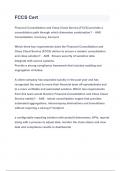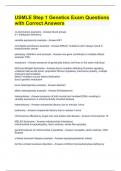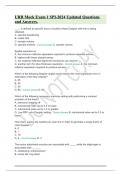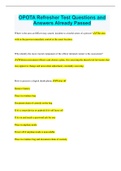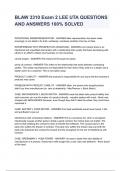Resume
WSET level 1 (2024) - Summary of handbook and all flashcards
- Cours
- Établissement
This document contains all the information you need for the WSET Level 1 exam. It serves as a comprehensive summary of the handbook/flashcards and is beneficial for preparing for your course day as well.
[Montrer plus]
